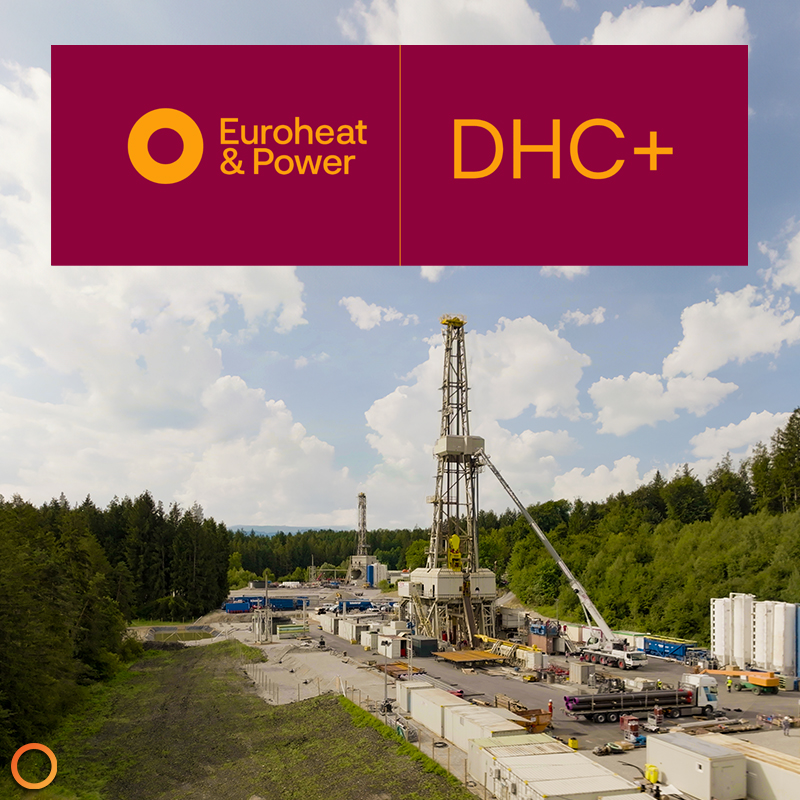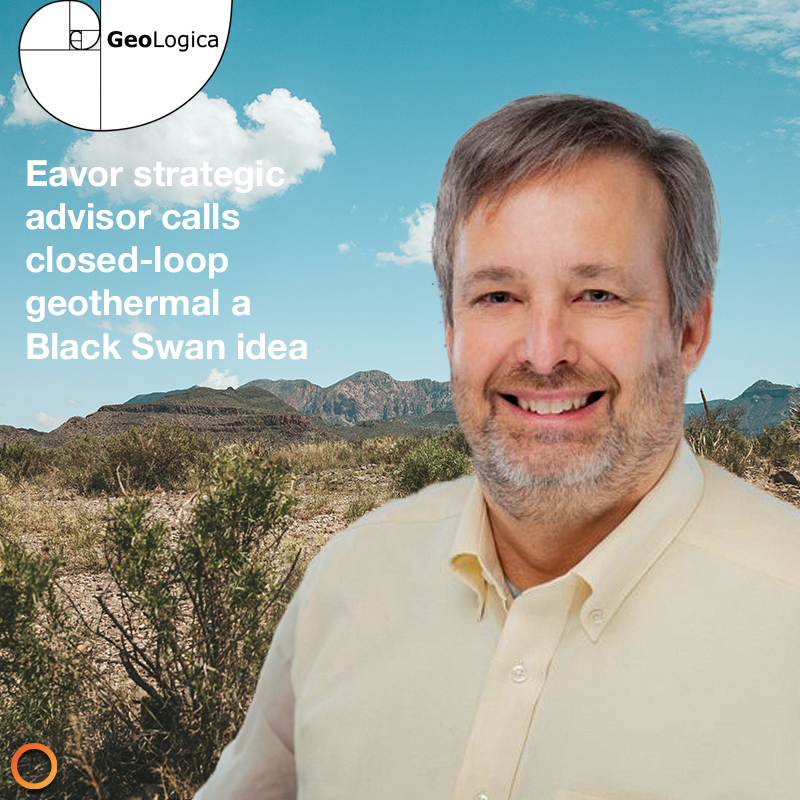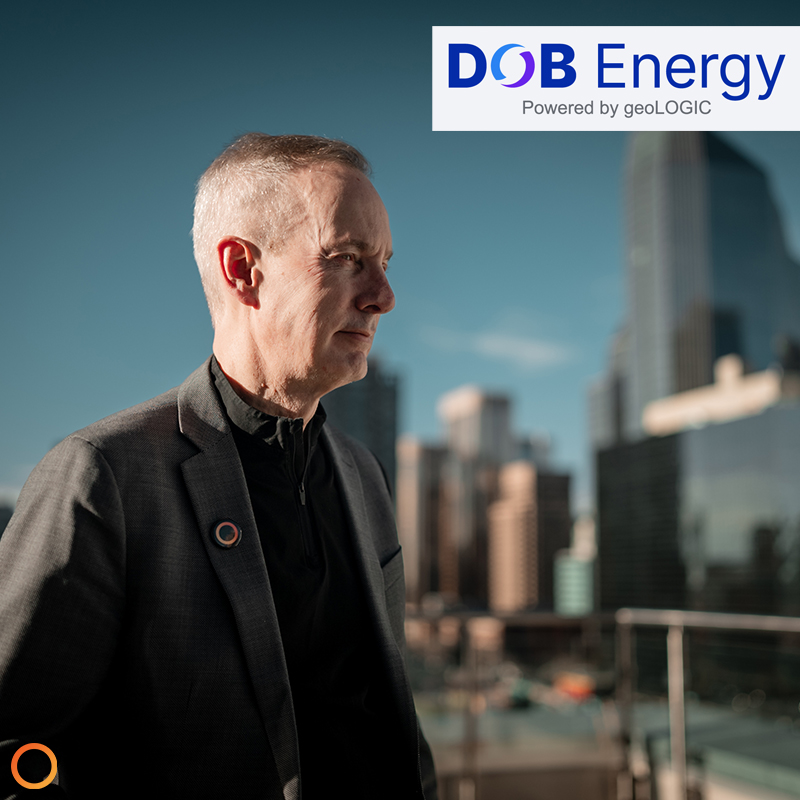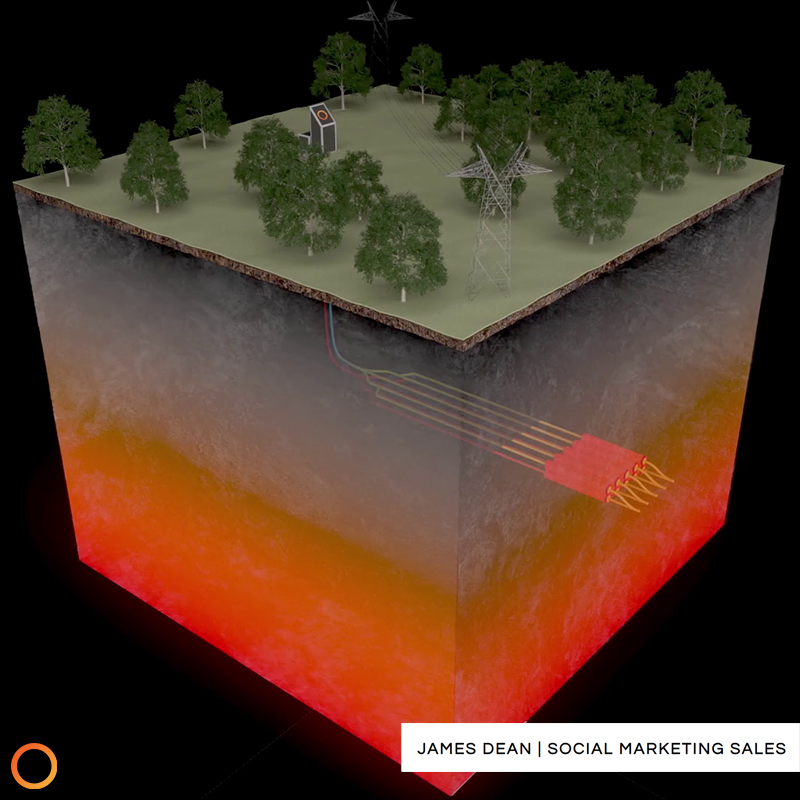Eavor joins European hub for District Heating and Cooling

Eavor has recently joined the DHC+ Platform, advancing Next-Generation Geothermal energy within Europe’s district heating and cooling market. The DHC+ Platform, headquartered in Brussels, serves as Europe’s hub for research and innovation in district heating and cooling. It brings together over 60 stakeholders from academia, research, business, and industry to promote sustainable energy systems. As a leader in innovative geothermal technology, Eavor’s membership holds potential to contribute to the integration of cutting-edge clean energy technology for the continent, fostering local energy autonomy across multiple European countries.
Geothermal expanding as the “fossil-free, abundant, and weather-independent” alternative to fossil fuels

Underground Ventures (UGV), a new investment firm specializing in geothermal tech platforms, launched with a $40 million fund that will focus on early-stage geothermal technology startups over the next 3-5 years. As geothermal startups grow globally, UGV Co-founder and CEO Torsten Kolind highlighted Eavor’s success as a prime example of how geothermal energy is overcoming traditional scalability limitations.
Next-Generation Geothermal offering economic and practical benefits for Alberta

An article detailing the benefits geothermal energy has for Alberta emphasizes that despite its higher upfront costs, geothermal’s longevity and baseload capacity will yield greater returns. This not only benefits investors financially but also provides communities with reliable, clean power for generations. Mohammad Kiani, engineer and geochemist, argued that geothermal holds long-term vaiability compared to intermittent energy sources like wind and solar. These benefits include low operational and maintenence costs, reliable baseload capacity, low environmental impact, and a longer energy production lifespan.
Eavor strategic advisor calls closed-loop geothermal a Black Swan idea

Dr. Malcolm Ross, a geoscientist and lecturer at Rice University, as well as a Black Swan Detector at the University of Texas, discusses the historical hurdles that geothermal energy has faced and how closed-loop geothermal technology can overcome these challenges to achieve global scalability. Ross explains his journey through academia and the oil and gas industry, primarily how his career at Shell allowed him to utilize his geoscience expertise, such as plate tectonic modelling, and paleogeographic and paleoclimate modelling. Moreover, he explains how these skill sets benefitted him in transitioning to geothermal energy. He explains that he wanted to pursue an industry that had a positive impact while utilizing his geological skills.
John Redfern pinpoints how Canada can become a global geothermal leader

Eavor CEO John Redfern emphasized that a current “arms race” taking place in the geothermal industry could make Canada a world leader in geothermal energy production, and how the Alberta Drilling Accelerator (ADA) is key to achieving that. In an interview with DOB Energy, Redfern stressed the importance of meticulous preparation and research to advance collaboration with the ADA. He explained that extensive consultations are being conducted with interested parties, reviewing similar international initiatives, and examining various governance and economic models to ensure the project’s success.
Next-Generation Geothermal allowing more people to “take control of their energy destiny.”

Energy independence was the focal point of an article written by author James Dean, who highlighted the significant potential of Eavor’s Advanced Geothermal Systems (AGS) in achieving this goal for individuals and communities alike. The article emphasizes that pursuing energy independence by implementing innovative technologies offers multiple benefits. Geothermal energy is significantly cleaner than fossil fuels, emitting 99 percent less carbon dioxide, as geothermal plants do not utilize combustion. Rather, Eavor harnesses heat from the earth by introducing a working fluid into a closed-loop system, where the fluid extracts heat via conduction and transports the energy to the surface for district heating, cooling, and electricity.




